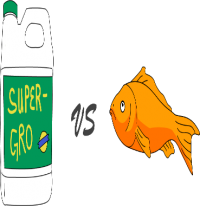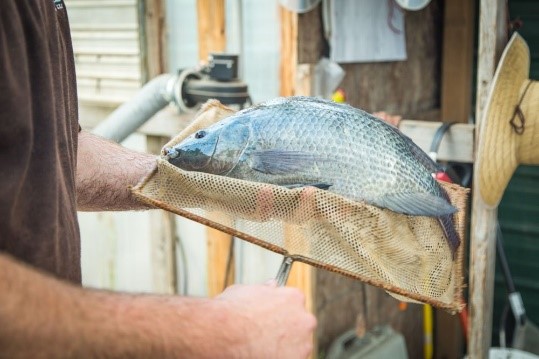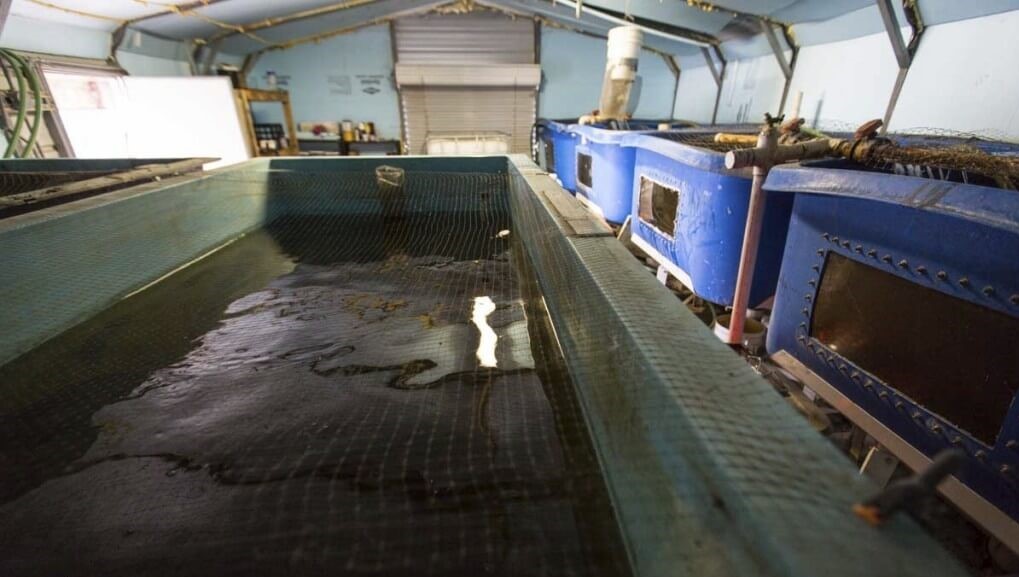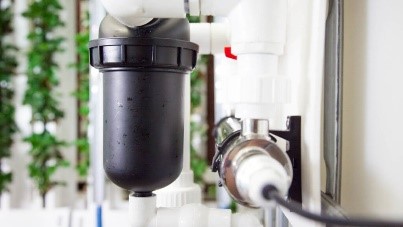Energy Solutions
Hydro & Aquaponic Technology
 AQUAPONICS is the combination of aquaculture (raising fish) and hydroponics (the soil-less growing of plants) that grows fish and plants together in one integrated system. HYDROPONICS is a method of growing plants without using soil.
AQUAPONICS is the combination of aquaculture (raising fish) and hydroponics (the soil-less growing of plants) that grows fish and plants together in one integrated system. HYDROPONICS is a method of growing plants without using soil.
Which is better: aquaponics or hydroponics?
 Many new growers are torn between two techniques: aquaponics vs hydroponics. Each technique has its potential; aquaponics draws you in with the allure of living creatures, and hydroponics with its precision and control.
Many new growers are torn between two techniques: aquaponics vs hydroponics. Each technique has its potential; aquaponics draws you in with the allure of living creatures, and hydroponics with its precision and control.
There is a plethora of facts and opinions out there. Unfortunately, many of the use blanket terms and generalization to rate each type of growing.
Simply put, the difference between hydroponics and aquaponics is that aquaponics uses fish to provide nutrients, and hydroponics uses formulated solutions.
Benefits Of Aquaponics
Cool Marketing Angle
Dozens of the Upstart Farmers have found aquaponics to be a great marketing tool. Having live animals as part of the production process brings in an exciting element that attracts customers and opens up a lot of marketing opportunities.
Consumer Appeal
One of the reasons that aquaponics makes such a unique marketing angle is that it attracts the attention of consumers. A great example of a business that captures this appeal is Page 63 Restaurant in Sag Harbor, New York. This restaurant gorws produce aquaponically in the restaurant and has modified part of the system as a disply in the retaurant’s main dinning room. Restaurant-goes get to eat unique, local produce, and many of the tables are situated next to beautiful fish tanks and clean white ZipGrow Towers. This unique experience brings in new customers for the restaurant.
Fun & Rewarding
Of course, one of the greatest and most compelling arguments for aquaponics is that it is rewarding to raise fish. Most aquaponics growers choose aquaponics as a grow method at least in part because of the satisfaction they find in raising fish.
Fish To Eat
While growers shouldn’t rely on fish sales for income, aquaponic systems can be a great way to supplement your family’s dinner table. Many aquaponic fish like tilapia and catfish make for delicious entrees!

Farms don’t have to be exclusively aquaponic
One of the great things about managing a farm is that you can be flexible. Aquaponic growers can also be hydroponic growers and vice versa. In fact, there are several farmers who use both system side by side and take advantage of the benefits from both types of the systems.
Challenges Of Aquaponics
Though a wonderful grow method, aquaponics also has its challenges.

Building Is More Complicated
The complexity of aquaponic systems can be a curse as well as a blessing, as it makes building and set up more difficult. The addition of fish tanks means that plumbing systems have to be split and more space has to be set aside for the fish part of the operation. In aquaponic greenhouse here in Laramie, for example, both a greenhouse, containing our ZipGrow Towers, sumps, and work areas, as well as a fish house containing fish tanks and storage for food and nutrient supplements were setup. This required about 450 additional square feet and the purchase of additional materials like the fish house and plumbing components.
Hobby growers using methods like media beds which are situated right above the tak might be looking at a slightly different space requirement. A 2nd system run in our greenhouse used two halves of an IBC to constitute a tank and a media bed, one over the other. In this case, not much extra square footage was required.
Cycling Time
A very important constraint that aquaponics places on producers is a delayed starting time. To build the healthy microbial communities necessary for nutrient cycling, aquaponic systems must experience a fishless cycling period of at least 6 weeks before planting. After those 6 weeks, and for up to 18 months, aquaponic systems will see depressed production while microbial populations stabilize. Once established, however, aquaponic growers can experience great yields, sometimes even more than in hydroponic systems.

Benefits Of Hydroponics
 Many commercial farmers choose hydroponics as a growing technique because it is more controllable and fits into more convenient business models.
Many commercial farmers choose hydroponics as a growing technique because it is more controllable and fits into more convenient business models.
Consistent / Predictable Costs
Depending on size, management, and sourcing, costs for hydroponic production tend to be more consistent and therefore more predictable. This leads to a sense of financial stability ad can make accounting and ordering much easier on a business. Hydroponic nutrients are formulated and don’t vary month-to-month, and the amount of fertilizer use can be estimated within a narrower range than the food and supplements of aquaponics.
Simpler to operate and train employees
Another benefit that hydroponics has to offer businesses is straightforward training processes. Since additions to the system are fairly consistent and troubleshooting is limited, managers can formulate their training of new employees fairly easily.
Myths & Misconceptions
Conclusion: find the right technique for your system
It’s important to choose a growing technique that will serve you We have found that most commercial growers wish to start with hydroponics as their main growing technique, while aquaponics generally suiting smaller or unique marketing niches best. Regardless of the technique you choose, we are here to help you every step of the way. We offer aquaponics systems through our subsidiaries with their presence globally.
